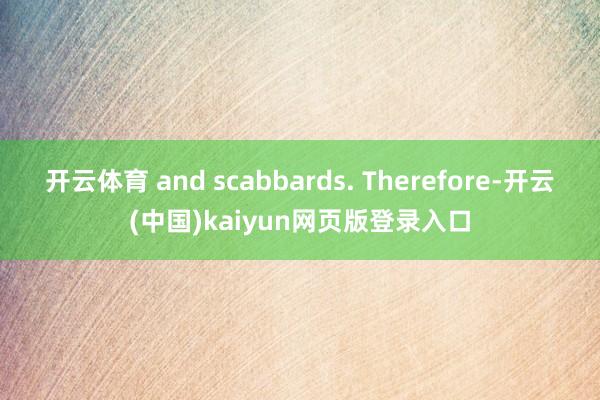

“五星出东方利中国”织锦(复成品)细节。

尼雅古迹
位于我国新疆塔克拉玛干沙漠本地的尼雅古迹有着“东方庞贝”之称,它被证明为《汉书》所记录的丝绸之路南谈绿洲城邦“精绝国”原址。行为西汉时刻西域三十六国之一,精绝国虽是弹丸之地,却是丝绸之路的必经之地。 Located in the heart of the Taklamakan Desert in Xinjiang, China, the Niya Ruins are known as the \"Pompeii of the East\". They have been confirmed as the site of the ancient oasis city-state of Jingjue, recorded in the \"Book of Han\" as part of the Southern Silk Road. Jingjue, one of the thirty-six kingdoms of the Western Regions during the Western Han Dynasty, was a small but crucial stop along the Silk Road. 1995年,考古学家在尼雅古迹发现了“五星出东方利中国”锦护膊,探究发现其很有可能是来自于蜀地的蜀锦。 In 1995, archaeologists discovered a brocade arm protector at the Niya Ruins inscribed with \"Five Stars Rise in the East, Benefiting China\", which is likely to have been Shu brocade from Sichuan. 织锦出土时,位于墓主东谈主的右侧,与弓箭、 箙(fú)、刀鞘等物品放在一谈,因此巨匠算计它很可能是古东谈主在射箭时用于保护臂部的护具。最引东谈主瞩指标是织锦上的两排汉字——“五星出东方利中国”。这是迄今甩手新疆发现最早带有“中国”二字的文物。“五星出东方利中国”意味着出现五星聚“东方”的天象,对“中国”的军国大事一定有大利。 When it was discovered, the brocade was located on the right side of the tomb owner, together with items such as bows and arrows, quivers, and scabbards. Therefore, experts speculate that it was likely an arm guard used by ancient people for protection while archery. The most attractive design is the two rows of Chinese characters on the brocade: \"Five Stars Rise in the East, Benefiting China\". It represents the current earliest occurrence of the Chinese characters for \"China\" discovered in Xinjiang. \"Five Stars Rise in the East, Benefiting China\" implies that when five stars gather in the \"east\" of the sky, they undoubtedly benefit the military affairs of \"China\". 这件织锦通过图案、纹饰和笔墨将古代中国传统的天文学问、阴阳五行玄妙地水乳交融。它的制作工艺深湛,代表着汉代织造工艺的最高水平,被誉为中国20世纪考古最伟大的发现之一。 This brocade, through patterns, ornamentation, and characters, integrates ancient traditional Chinese astronomical knowledge Yin-Yang, and Five Elements dexterously. It is exquisitely executed, representing the highest level of weaving technology in the Han Dynasty, and is known as one of China’s most significant archaeological discoveries in the 20th century. 这件织锦上采纳的五重高密度经纬织法相宜汉代蜀锦的基本特征。蜀锦是中国的四大名锦之一,素有“寰宇母锦”的名称。早在汉代时刻,蜀地的织锦期间就也曾遥遥普及于宇宙水平。 On this brocade, the adopted five-fold high-density warp and weft weaving method is in line with the basic characteristics of Han Dynasty’s Shu brocade. Shu brocade is one of the four renowned brocades in China, often referred to as the“Mother Brocade over the World”. As early as the Han Dynasty, the brocade technology of Shu was significantly advanced, surpassing global standards. 据验证,这件织锦应当是汉王朝给精绝古国的馈遗。“生前”的至上荣耀与佳话使其备受精绝贵族的难得,代代相传,直至精绝国王身后随葬。 According to researches, this brocade was likely a present from the Han Dynasty to Jingjue Kingdom. Its supreme glory and legendary status during its time made it highly cherished by the nobles of Jingjue Kingdom across generations, eventually being buried with the King upon his death. 华文作家:四川日报全媒体记者卢丽嘉英文作家:四川外洋传播中心记者刘动影相:卢丽嘉